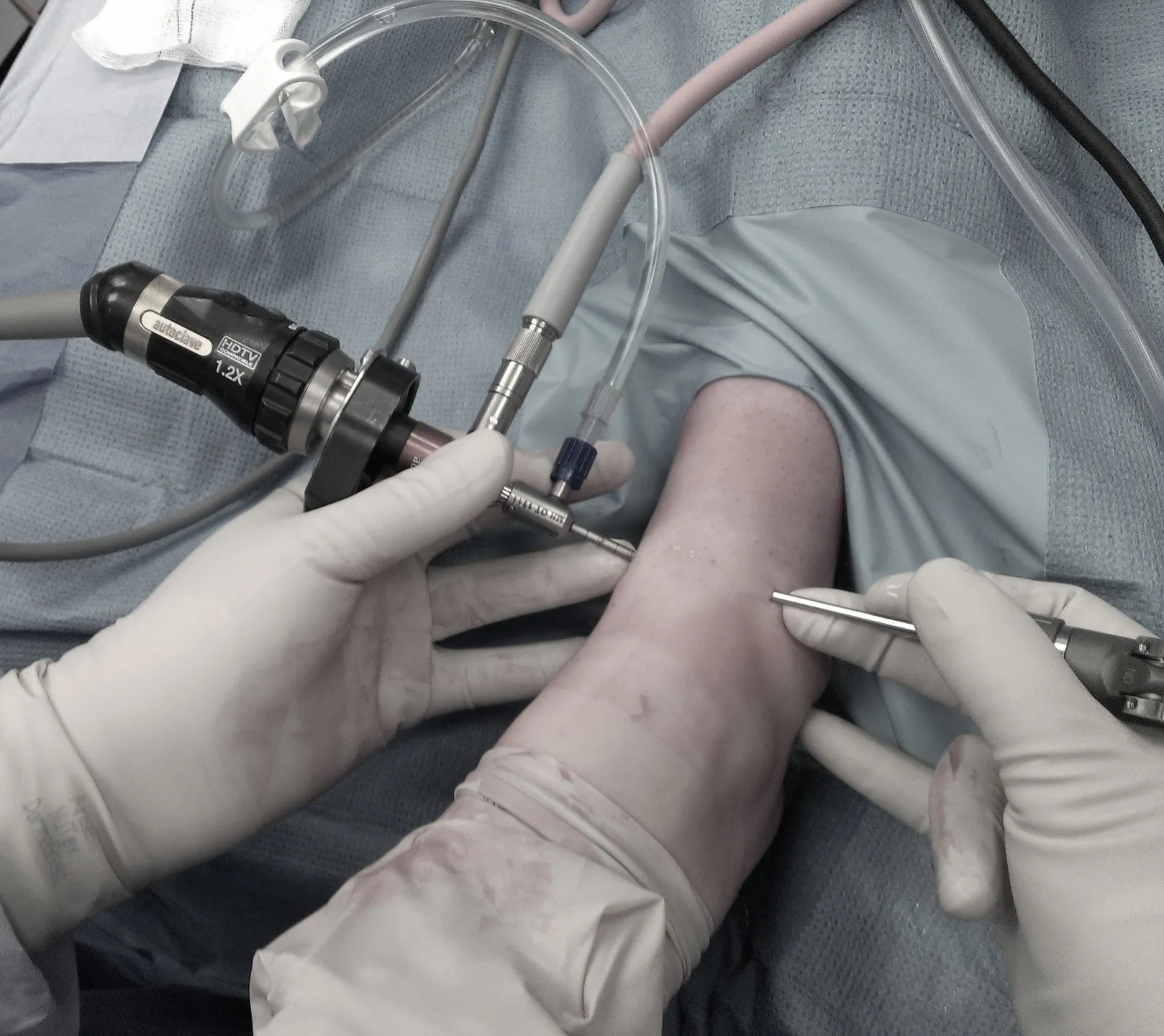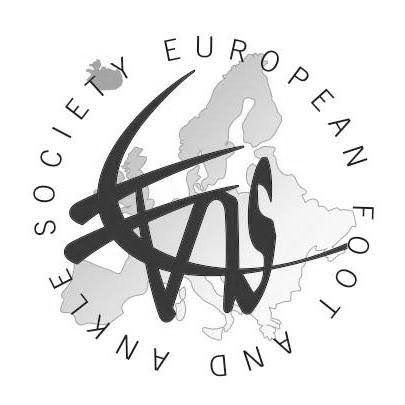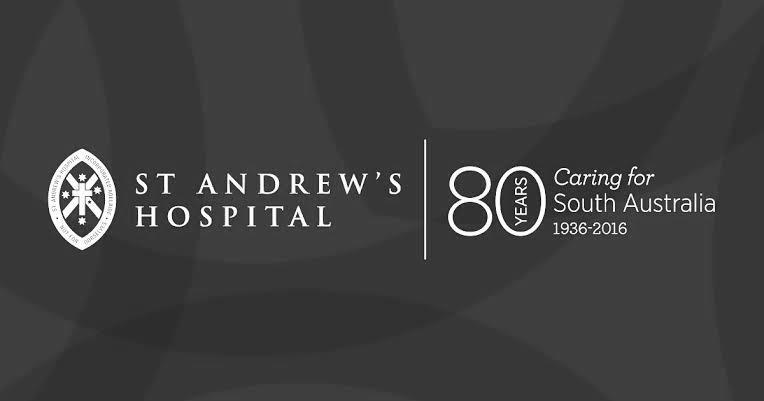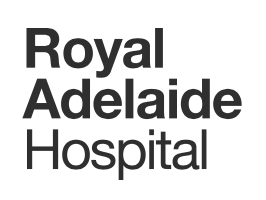Ankle Arthroscopy (Keyhole Surgery)
What is Ankle Arthroscopy?
Note: there is a photograph of surgery below on this page.
Ankle arthroscopy is a surgical procedure using a small (2.9 or 4.0 mm) fibre-optic camera (arthroscope) and fine instruments to inspect and treat conditions of the ankle joint.
This is a form of "keyhole surgery". It has less healing time and scarring than open surgery.
Arthroscopy of the Ankle and Foot
Ankle conditions that can be treated by ankle arthroscopy include:
- ankle synovitis
- ankle cartilage injury
- ankle spurs and impingement
- ankle arthritis ("clean-out" and fusion)
- ankle syndesmotic injury.
Other conditions can also be treated using "keyhole" techniques:
- sinus tarsi syndrome
- peroneal tenosynovitis
- Haglund's syndrome
- plantar fasciitis
- calf tightness
- big toe stiffness.
Please see the ANKLE, ACHILLES & HEEL and FOOT menus for more information on these conditions.
Arthroscopy of the Ankle and Foot
Arthroscopy is performed through small incisions around the ankle or foot.
Surgery:
- is Day Surgery
- requires a general anaesthetic in most people
- takes 20 to 45 minutes.
First 2 weeks:
- bandage
- weight bearing +/- crutches
- rest, elevation and ice (RICE)
- ankle movements
- post-operative appointment.
Next 4 weeks:
- swelling control
- movements +/- physiotherapy
- exercise bike, pool-based and gym exercises
- return to sports specific training.
- 85% of people are helped by surgery
- 15% of people are not helped by surgery
- <1% of people are made worse by surgery.
Consequences and complications:
- driving restrictions (2 weeks)
- swelling and ache improve over 2 months
- see General Information about Surgery.
IMPORTANT
If you have any questions about your planned procedure, contact Dr Beamond before the day of surgery.
The information on this page is of a general nature and does not replace the informed consent process. Other consequences and risks specific (material) to the individual must be discussed prior to surgery.














